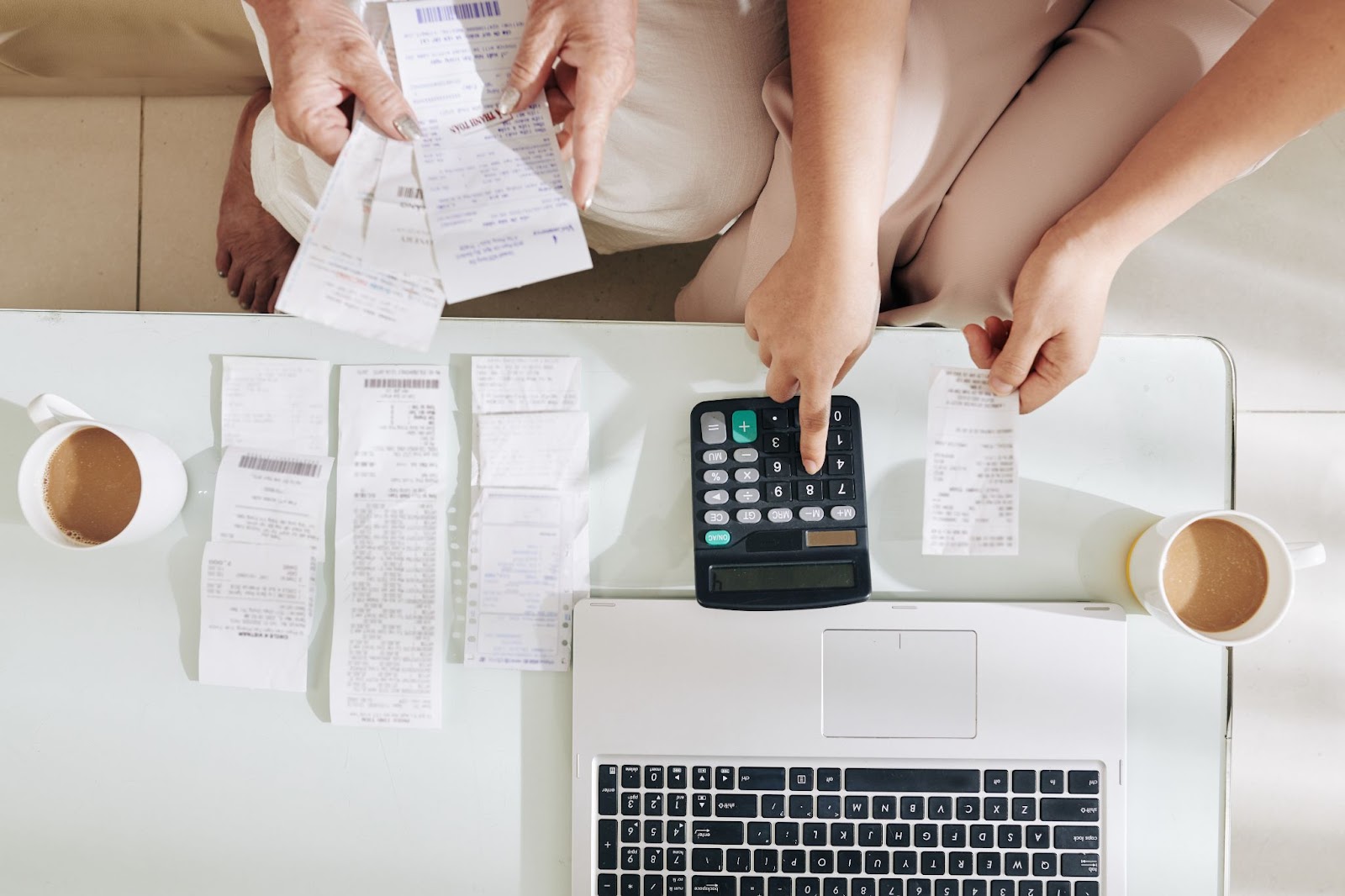Running an e-commerce business can feel like juggling a lot of financial puzzle pieces. You’ve got sales to track, expenses to manage, and customers to keep happy.
But have you ever stopped to take a closer look at your financial snapshot, a.k.a. the Balance Sheet?
Think of it as your e-commerce business’s financial fingerprint – unique and revealing.
In today’s blog, we’re going to dive into the Ecommerce Balance Sheet: what it is, why it matters, and how you can use it to check on the financial health of your business.
Let’s dive in.
What is the Ecommerce Balance Sheet?
A Balance Sheet is a financial statement that provides a snapshot of an ecommerce business’s financial position at a specific point in time.
This is different from the P&L, or income statement, which shows how you are performing over a defined period of time.
The Balance Sheet presents information about your business’s assets, liabilities, and equity, and essentially shows how healthy your finances are at any point in time.
Typically, it’s prepared at the end of set periods (e.g., every month, quarter, or annually).
What Goes Inside The Ecommerce Balance Sheet?
The Balance Sheet is called a “balance” sheet because the total assets must equal the total liabilities and equity.
This is known as the accounting equation and is represented as Assets = Liabilities + Equity.
The three categories make up the total resources available to your ecommerce business, the debt the business owes, and your personal ownership in the business.
Let’s look at each category in more detail:
Assets:
These are your e-commerce treasures, the resources at your disposal. The simplest example is cash, actual money that your business can use to pay suppliers, the landlord, etc., but there’s also:
- Inventory: The products waiting to be shipped to customers.
- Digital Assets: Patents, copyrights, or other intangible assets.
- Tech and Equipment: The machinery behind your virtual store.
- Accounts Receivable: Money customers owe you.
Liabilities:
These are your financial obligations, the tickets that need to be paid.
Key ecommerce liabilities include:
- Accounts Payable: Money you owe to suppliers and vendors.
- Loans and Credit Lines: Funds borrowed to fuel your business.
- Unsettled Bills and Expenses: Invoices and operational costs awaiting settlement.
Equity:
Finally, equity is your ownership stake in the business. It represents what’s truly yours once all debts are settled.
The Balance Sheet Formula: Assets = Liabilities + Equity
Now, here’s the magic formula: Assets = Liabilities + Equity. It’s the cornerstone of the balance sheet, and it’s simpler than it sounds.
- Assets (your resources) are everything your business owns or controls.
- Liabilities (your obligations) are everything your business owes to others.
- Equity (your ownership slice) is the residual interest in the assets of your business after deducting liabilities.
In simpler terms, if you add up what you have and subtract what you owe, you get what’s truly yours—the equity.
Why Your Ecommerce Balance Sheet Matters: Navigating the Financial Maze
You might be wondering, “Why should I care about this Balance Sheet stuff?”
Here’s why it’s crucial:
- Financial Health Check: The Balance Sheet provides an instant health check for your business, revealing if it’s financially robust or if it needs a little TLC. If assets are increasing while liabilities remain steady, it’s a good sign of financial strength.
- Funding and Growth: When you seek loans or investments, banks and investors often rely on your balance sheet to gauge your financial stability and potential. It demonstrates your ability to manage finances.
- Smart Decision-Making: Your Balance Sheet is your compass for financial strategy. It helps you make informed decisions, such as whether to invest in growth, manage debt wisely, or even consider strategic acquisitions. For instance, if equity is dwindling, you might decide to focus on boosting profits or reducing debt.
Need Help With Your Ecommerce Balance Sheet?
We know that financial statements can be confusing for many business owners. If you’re struggling to create your Balance Sheet, or confused about how to use it, we’re always here to help.
You can book a quick call with one of our accountants anytime by filling in the form here.
Stay tuned in the upcoming weeks where we’ll deep dive into more financial statements, like the P&L.
Until next time!









